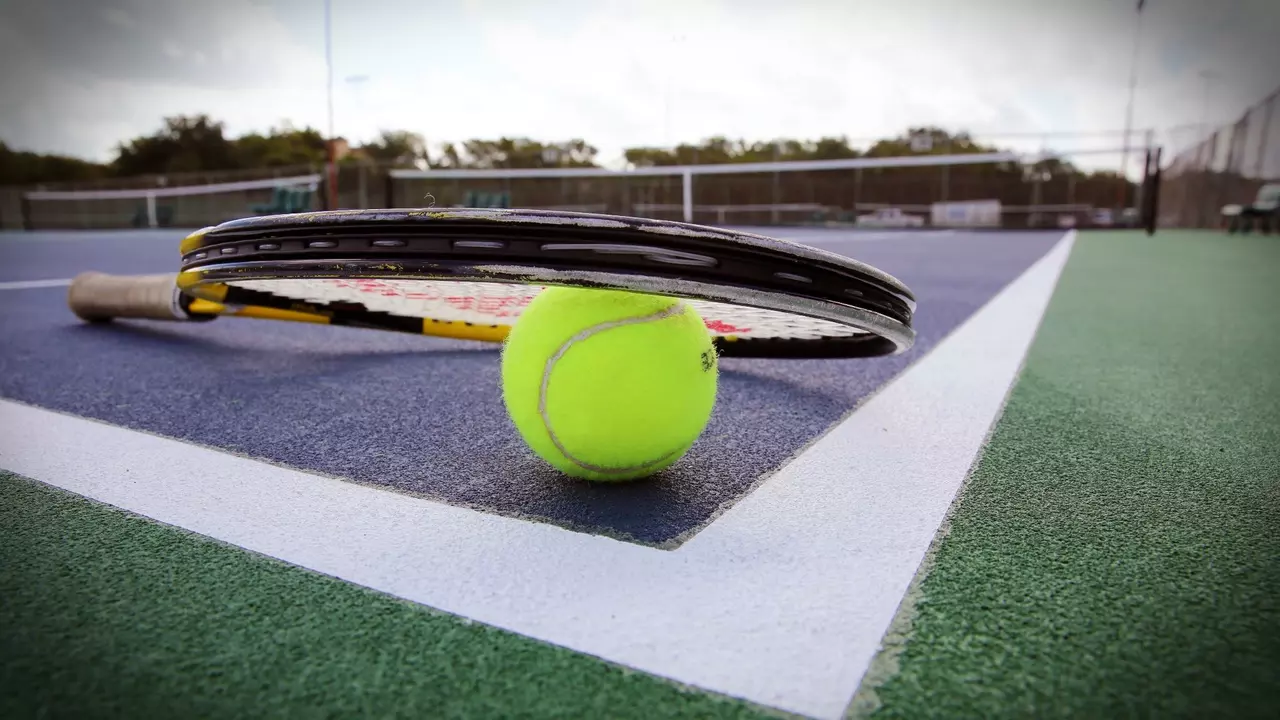What are tennis courts made out of?

- Jul, 17 2023
- Caden Fitzroy
- 0 Comments
Understanding the Basics of Tennis Court Construction
Before diving into the materials used in building a tennis court, it's important to understand the basic structure of a tennis court. A standard court is 78 feet long and 36 feet wide, with different sections marked for singles and doubles play. The court is divided into two equal halves by a net that stands 3.5 feet tall. The construction of a tennis court involves careful planning and precise measurements to ensure a level playing field.
The materials used in constructing a tennis court can greatly influence the bounce of the ball and the speed of the game. Different surfaces require different types of maintenance and offer varying levels of traction for players. Therefore, the choice of materials should align with the style of play and maintenance capacity.
Diving Into the Material: Asphalt Courts
Asphalt is a common material used in constructing tennis courts, particularly for public parks and schools. The asphalt is often topped with an acrylic color coating to enhance visibility and durability. These courts are known for their hard surface which offers high speed and a predictable bounce, making them ideal for fast-paced play.
Asphalt courts also have the benefit of being low maintenance. They do not need to be watered or rolled like clay courts. However, they may need resurfacing every few years to repair cracks and wear. Despite the durability and low maintenance, hard courts can be tough on players' bodies, especially for those with joint issues.
Exploring Different Ground: Clay Courts
Clay courts are another popular choice, especially in Europe. These courts are made from crushed shale, stone, or brick. They are known for their slow speed and high bounce, offering a completely different style of play to asphalt courts. Clay courts favor players who are patient and strategic, as the game tends to be slower and points often last longer.
While clay courts provide a unique playing experience, they also require a substantial amount of maintenance. They need to be watered regularly to maintain the right level of moisture and must be rolled to keep the surface level. This can make clay courts more expensive and labor-intensive to maintain than other types of courts.
Grass Courts: The Classic Wimbledon Choice
Grass courts are perhaps the most iconic, largely due to the prestigious Wimbledon Championship. They are made from rye grass and offer a fast game with a low bounce. This makes the game more unpredictable and favors players with a strong serve and volley game.
Grass courts are the most difficult and expensive to maintain. They require regular mowing, watering, and reseeding. The surface can also be easily damaged, especially in wet conditions. Despite these challenges, grass courts are often favored for their traditional aesthetic and unique playing experience.
The Future: Synthetic Courts
Synthetic courts are a modern innovation in tennis court construction. They are made from a range of materials, including synthetic grass, rubber, and acrylic. These courts can be designed to mimic the characteristics of clay, grass, or hard courts, offering a versatile playing experience. They also offer improved shock absorption, which can be easier on players' bodies.
While synthetic courts can be more expensive to install, they often require less maintenance than natural surfaces. However, the lifespan and performance of a synthetic court can be greatly influenced by the quality of installation and the specific materials used. Therefore, it's important to work with a reputable installer when choosing a synthetic court.
Write a comment